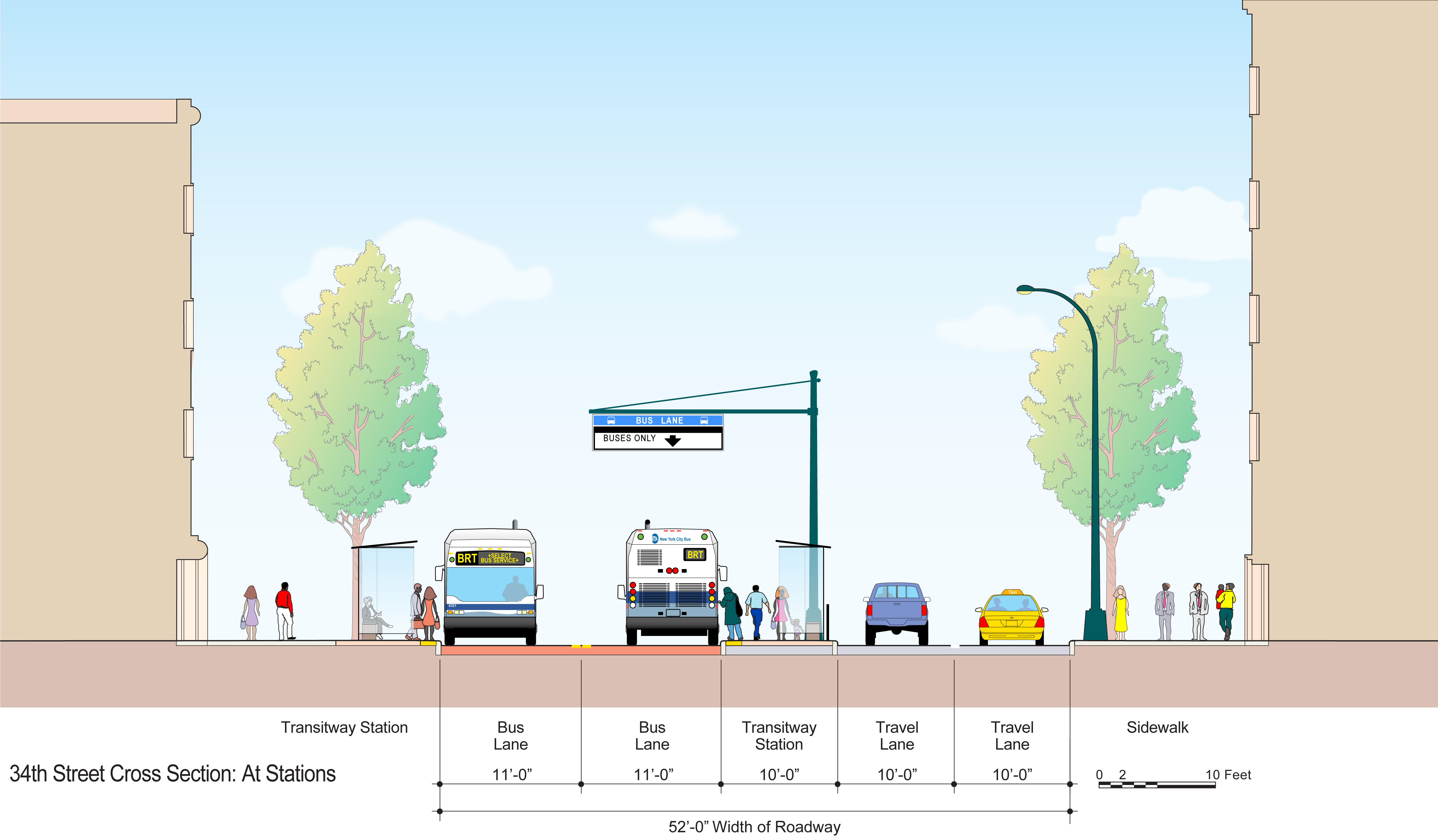researching street design in station areas, 24hrs - London and Frankfurt - Bahnhofsviertelerneuereung Frankfurt am Main und London twitter:@BesetzteStrasse - interviews 2010-2012 http://soundcloud.com/besetztestrasse
Tuesday, 20 September 2011
Retrofit Caledonian Road - Green Sky Thinking
The workshop for Open City's Sustainability Workshop began with assessing Walkability, Liveability and Sustainability in lower Caledonian Road, King's Cross. An initial brief walking audit took in the livelier one-way-traffic section which is part of an overloaded heavy transport gyratory (A5203) feeding a ring road. Workshop participants broadly appraised some of the commercial and residential uses (interviewing a shopkeeper at Vx) before investigating the street impact of the Vaultex fort at All Saint's Street and a new garden classroom at Thornhill Bridge on Regents' Canal.
Detailed demographic analysis can be based on detailed building information and drawn from mapping tools like London Profiler to help build a detailed 'pathology' of this 'high street'. The junction of Killick Street was identified as a key breaking point in the street form and activity, and one participant showed with case studies in Tottenham and Ashford that there were transferable principles for sustainably retroffitting the urban landscape here, to make liveable walkable places.
Thursday, 8 September 2011
On the High Street
Discussion at the Urban Design Group event in Cowcross Street tonight suggested that the High Street, which many have seen as a core public urban space in traditional town and city centres, is currently undergoing fundamental change.
Joanne Cave pointed to differences between high streets and shopping malls as public gathering places, but concluded that mixed use was also key to rich colourful and vibrant high streets. The New Economics Foundation's Clone Town 2010 report was referred in the second presentaton by Elizabeth Cox, suggesting that declining diversity and distinctiveness, but also a declining proportion of independent local shops to non-local businesses on high streets with global supply chains, meant that profits were being drained away from local communities.
The role of transport was barely touched upon, yet, clearly not only building use and footway use are critical to the spatial balance of the high street, but also the carriageway occupation, from vehicle size speed and weight to the role of parking and carriageway-related signs and equipment in the other two zones, and how readily the latter are traverseable.
Never has the traditional high street been under so much threat. Internet retail is capturing an ever increasing portion of consumer spend, out of town shopping centres continue to expand and locally owned stores are being progressively replaced by nationally owned chains to the extent that one high street is virtually indistinguishable from the next. More recently high streets have been the focus of rioters and a ‘roller shutter mentality’ that could see them turn from places of delight into areas of desolation and danger.
Yet high streets have always been and still are the focal point of our communities. If the high street declines, then we lose far more than retail choice: it is the identity of urban living that is at stake. So what can be done to ensure high streets thrive in the 21st century?
Joanne Cave - Partner, David Lock Associates.
Joanne will be discussing the function and identity of high streets, the impact that regeneration initiatives have had over the last 10-15 years, and how retail habits have changed along with the approach of developers to high street redevelopment. She will also look at allied issues of security, maintenance and democracy.
Elizabeth Cox - Head of Connected Economies, New Economics Foundation
The New Economics Foundation (NEF) has been at the forefront of analysing the economic and social problems of the High Street and developing solutions. Recent reports include Clone Town Britain, and Ghost Town Britain II – Death on the High Street. The NEF has also developed community based programmes that aim to address the issues including Plugging the Leaks, aiming for economic regeneration through catalyzing the inventiveness and enterprise of local people; and the Reimagine Your High Street programme which looks at co-ordination, design, promotion and economic development
Subscribe to:
Posts (Atom)




